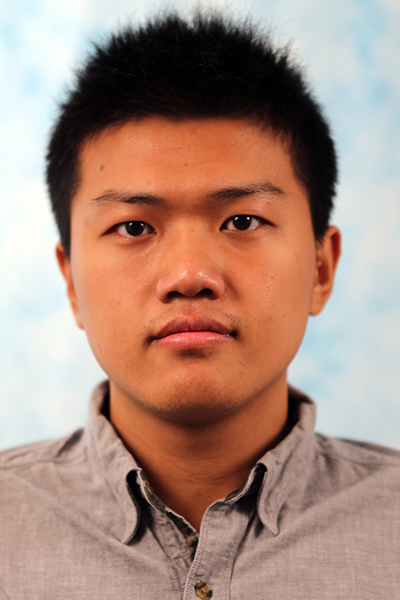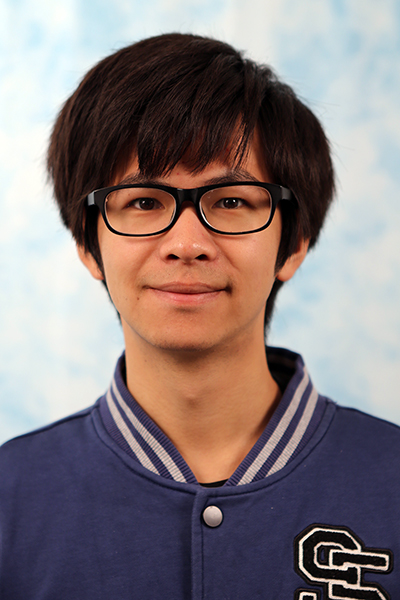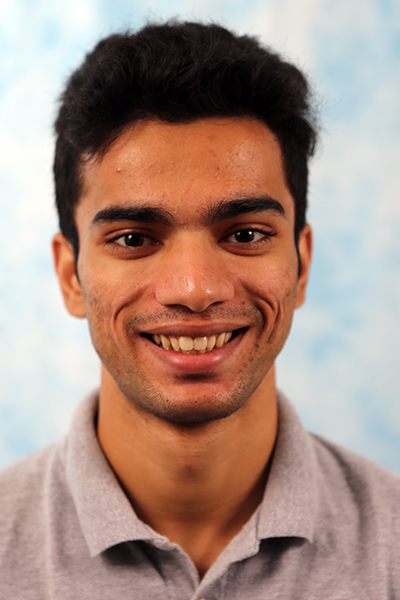Towards Photorealistic Dynamic Capture and Animation of Human Hair and Head
Abstract: Realistic human avatars play a key role in immersive virtual telepresence. To reach a high level of realism, a human avatar needs to faithfully reflect human appearance. A human avatar should also be drivable and express natural motions. Existing works have made significant progress in building drivable realistic face avatars, but they rarely include [...]
Modeling Dynamic Clothing for Data-Driven Photorealistic Avatars
Abstract: In this thesis, we aim to build photorealistic animatable avatars of humans wearing complex clothing in a data-driven manner. Such avatars will be a critical technology to enable future applications such as immersive telepresence in Virtual Reality (VR) and Augmented Reality (AR). Existing full-body avatars that jointly model geometry and view-dependent texture using Variational [...]
Manipulation Among Movable Objects for Pick-and-Place Tasks in Cluttered 3D Workspaces
Abstract: In cluttered real-world workspaces, simple pick-and-place tasks for robot manipulators can be quite challenging to solve. Often there is no collision-free trajectory that allows the robot to grasp and extract a desired object from the scene. This requires motion planning algorithms to reason about rearranging some of the “movable” clutter in the scene so [...]
Transforming Hollywood Visual Effects with Graphics and Vision
Abstract: Paul will describe his path to developing visual effects technology used in hundreds of movies, including The Matrix, Spider-Man 2, Benjamin Button, Avatar, Maleficent, Furious 7, and Blade Runner: 2049. These techniques include image-based modeling and rendering, high dynamic range imaging, image-based lighting, and high-resolution facial scanning for photoreal digital actors. Paul will also [...]
Vision without labels
Abstract: Deep learning has revolutionized all aspects of computer vision, but its successes have come from supervised learning at scale: large models trained on ever larger labeled datasets. However this reliance on labels makes these systems fragile when it comes to new scenarios or new tasks where labels are unavailable. This is in stark contrast to [...]
RI Faculty Business Meeting
Meeting for RI Faculty. Discussions include various department topics, policies, and procedures. Generally meets weekly.
Learning Meets Gravity: Robots that Learn to Embrace Dynamics from Data
Abstract: Despite the incredible capabilities (speed and repeatability) of our hardware today, many robot manipulators are deliberately programmed to avoid dynamics – moving slow enough so they can adhere to quasi-static assumptions of the world. In contrast, people frequently (and subconsciously) make use of dynamic phenomena to manipulate everyday objects – from unfurling blankets, to [...]
Large Multimodal (Vision-Language) Models for Image Generation and Understanding
Abstract: Large Language Models and Large Vision Models, also known as Foundation Models, have led to unprecedented advances in language understanding, visual understanding, and AI. In particular, many computer vision problems including image classification, object detection, and image generation have benefited from the capabilities of such models trained on internet-scale text and visual data. In [...]
RI Faculty Business Meeting
Meeting for RI Faculty. Discussions include various department topics, policies, and procedures. Generally meets weekly.
Learning and Control for Safety, Efficiency, and Resiliency of Embodied AI
Abstract: The rapid evolution of ubiquitous sensing, communication, and computation technologies has revolutionized of cyber-physical systems (CPS) across virous domains like robotics, smart grids, aerospace, and smart cities. Integrating learning into dynamic systems control presents significant Embodied AI opportunities. However, current decision-making frameworks lack comprehensive understanding of the tridirectional relationship among communication, learning and control, [...]







